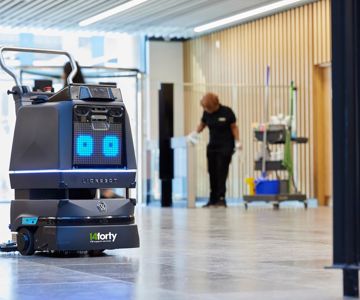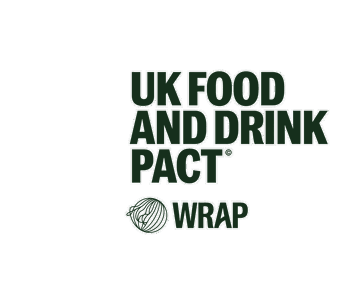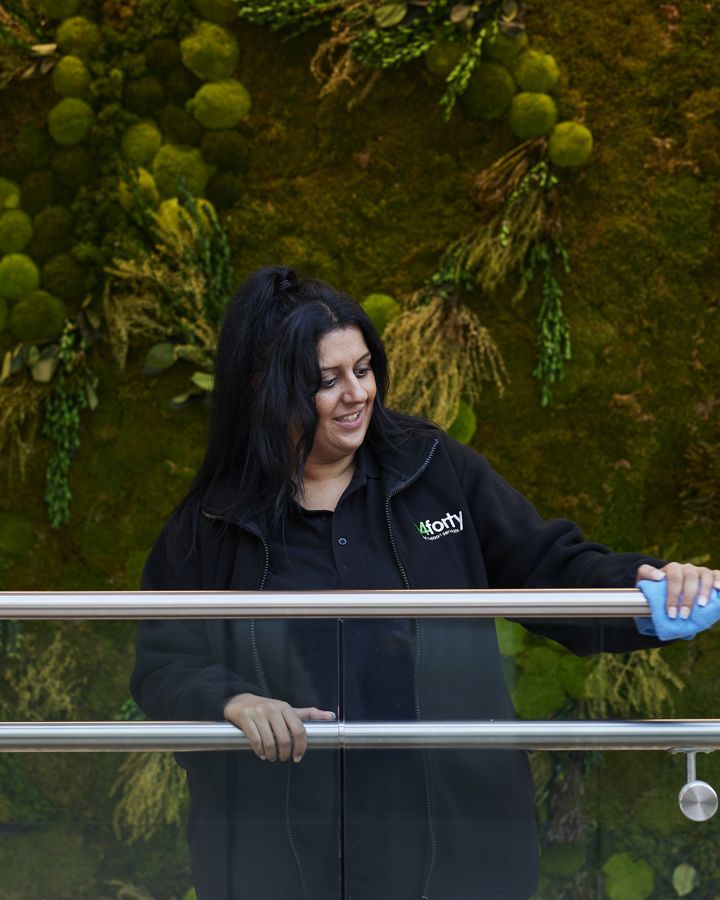Facilities management and sustainability
We put sustainability at the heart of our facilities management services, from the way we work, our choice of supply chain partners and the products we use. We are proud of our ambitious goal of achieving Net Zero by 2030 goal (scope 1, 2 and 3) and the progress we have made so far. Our transition plan was released in 2024, detailing how we are tackling the sustainable facilities management transition holistically with the following pillars; water stewardship, waste, biodiversity, deforestation, plastics and consumables.
A significant proportion of the UK’s greenhouse gas emissions come from transport, energy and business, and our role on our customers’ sites means we are well-placed to maximise impact for a better future. Our commitment to quality services while supporting a more sustainable future stretches beyond our own organisation’s environmental footprint and into our client’s spaces and assets.
Climbing to Climate Net Zero
We’re proud to stand as credible industry leaders by being the first in the facilities management industry to publish an SBTi validated Climate Net Zero plan as well as a Transition Plan Taskforce (TPT) aligned roadmap to achieving it. This ambitious commitment aims to achieve Net Zero by 2030 across our value chain whilst maintaining high standards and continual improvement for our clients.
Knowing this is not a solitary journey, we have meticulously enlisted suppliers and partners that align with our values to help pave the way to a sustainable transition. We proactively engage stakeholders in food and support services to make climate-conscious facilities management business-as-usual.
A plan for positive impact
Our responsible facilities management strategy for sustainability is centred around minimising negative impact and where possible regenerating our natural environment. Through our network of specialist experts, we conduct regular audits of the facilities we manage, the ways we operate, the equipment we use and the products we purchase to identify opportunities for improvement while reducing risk and identifying opportunities for improvement.
Some examples of our insight-driven approach include preventing waste in line with the waste hierarchy, robust management of chemicals and forensic enhancement of tool efficiency Incremental, well-governed improvement helps us drive the reduction of our client and our collective environmental footprint.

Fairer food systems
We’re one of nearly 200 organisations signed up to the UK Food and Drink Pact – a collective commitment to building a sustainable food system in the face of climate change.
Through this WRAP-led initiative, we’re working to halve food waste per person, reduce greenhouse gas emissions by 50%, and ensure that half of all fresh food is sourced from regions with sustainable water management by 2030. We know the food and drink industry directly impacts the environment, and we’re determined to be part of the solution.


